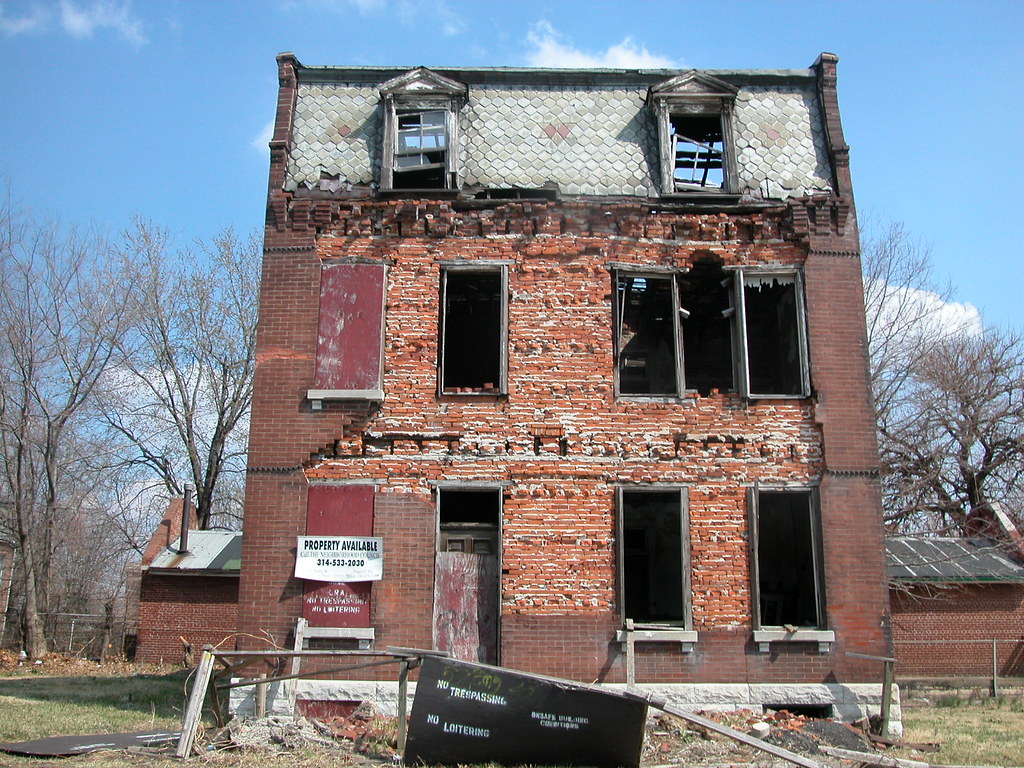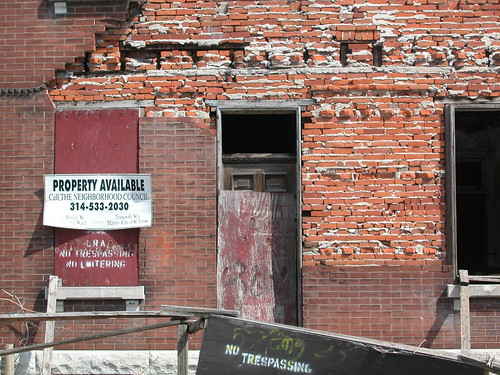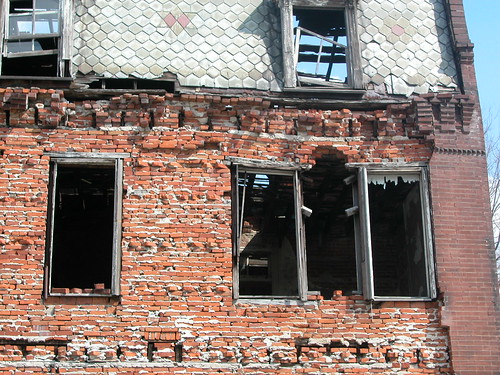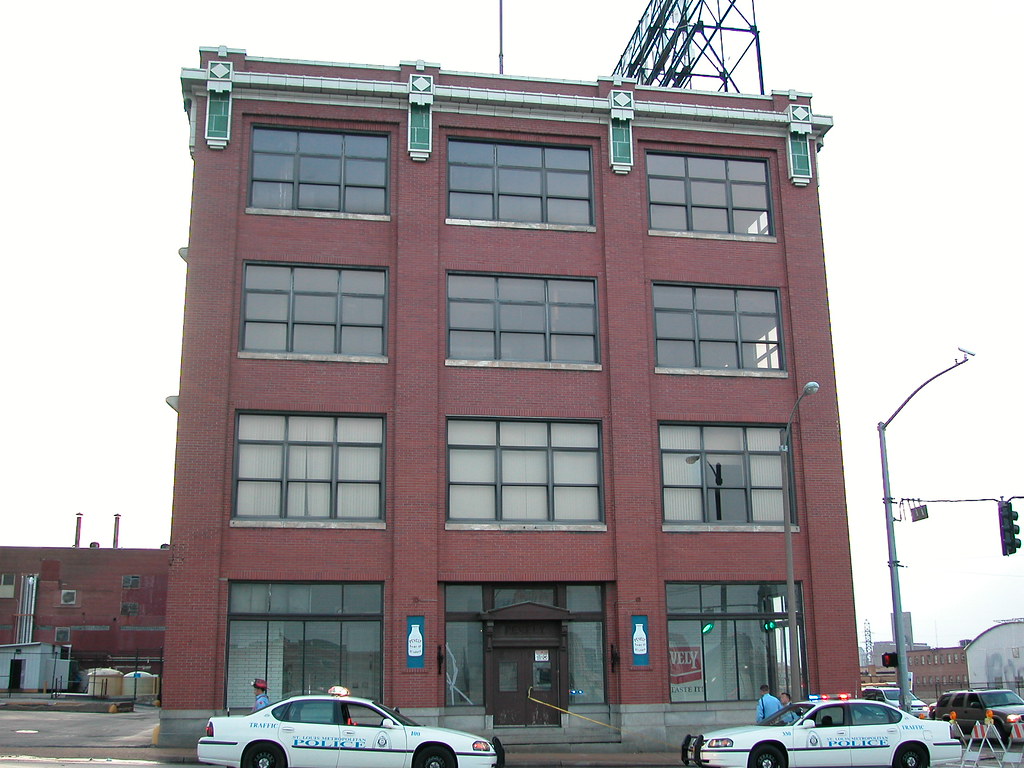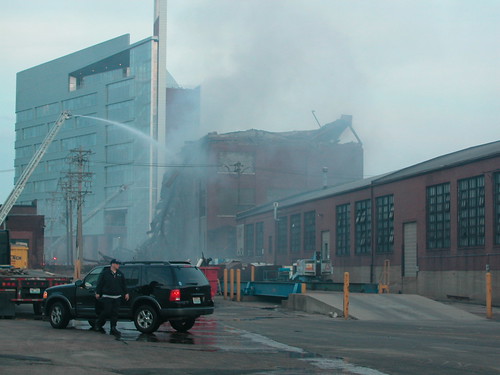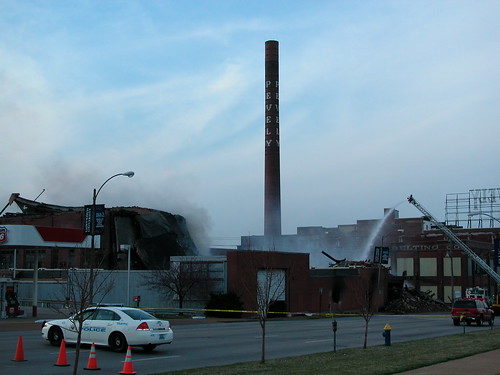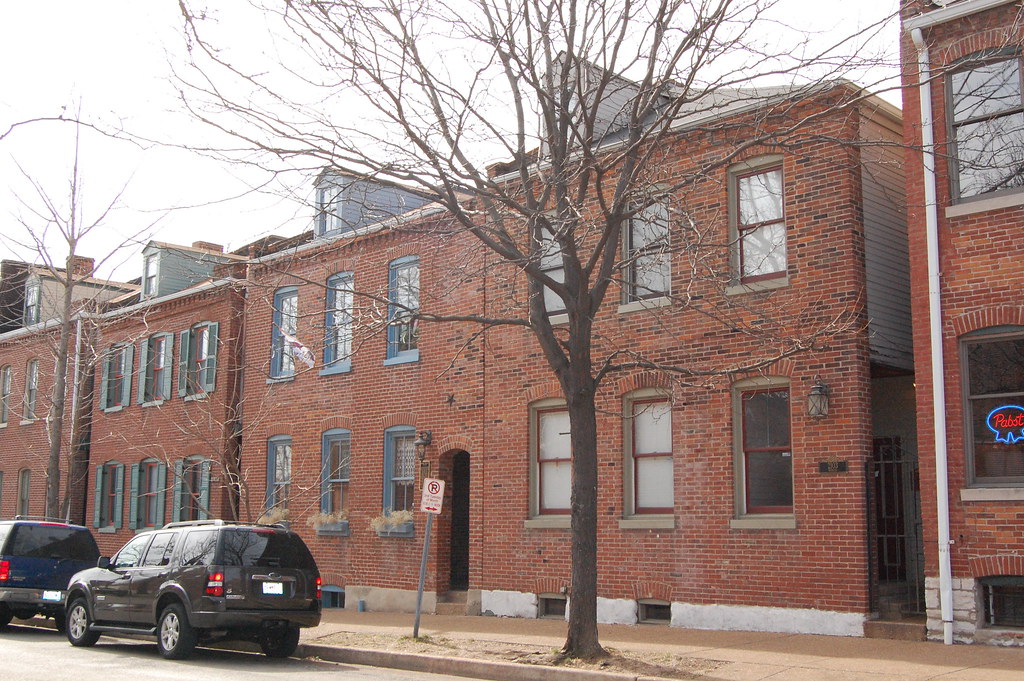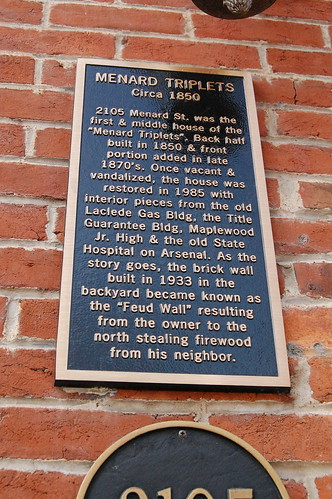by Michael R. Allen
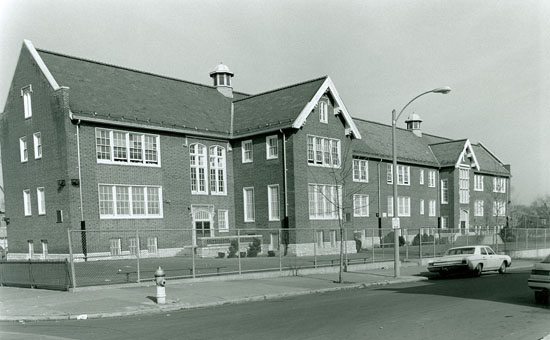
Photograph of Mann School in 1989 from Landmarks Association of St. Louis‘ survey of St. Louis Public Schools buidlings.
St. Louis Public Schools Superintendent Kelvin Adams relieved many city residents with his closure recommendations, which number 17 as opposed to the 29 schools proposed by a team of consultants hired by the district in January. However, Adams raised the threat to Mann School at 4047 Juniata in Tower Grove South, which Admas is proposing not only for closure but also for possible demolition and replacement with a new building.
This recommendation is actually the one point where Adams is actually pushing a more severe threat to the district’s historic architecture than did the old-building-fearing consultants from MGT of America. MGT proposed closing Mann along with Shenandoah and Sherman schools, with all three south side elementaries combined at a new super-school in Tower Grove East. Adams wants Shenandoah to remain open, but is proposing a merger of Mann and Sherman in a new building he thinks could be built on the Mann site. A final decision would be made next year, but the crucial step is taken tonight when the facilities management plan is ratified.
The Mann site must be the most poorly-suited site in the district for construction of a new school building. When Mann was built in 1901 to designs by William Ittner, the ornate Jacobethen revival school was a compact two-story building on a compact site. Unlike those of other Ittner schools, the Mann site was not expansive and landscaped; it was small and paved, used for playground space. The school was in close proximity to buildings across the alley and across the street, in a siting beautifully urban. A 1916 addition that doubled Mann’s size maintained the relationship of the school to the neighborhood. (Paul Hohmann has great photographs in a recent blog post at Vanishing STL.)
Now, the school is landlocked in one of the city’s most stable and densely populated neighborhoods. Furthermore, the elementary school is doing well — enrollment is around 80%, the student base is 52% ESOL so south city’s immigrants are well-served, and 12 different organizations provide services at the school to students neighborhood children. This is a model neighborhood school. In fact, the state of Mann sounds a lot like the vision that members of the Special Administrative Board have for other elementary schools in the district.
Tonight (Thursday, March 12), the Special Administrative Board has a chance to save that model school. The Board will approve a facilities plan and closure list at its meeting, 6:00 p.m. at the Gateway Schools complex gymnasium, 1200 N. Jefferson. the public may address the Board at this meeting.
The largest step that the SAB could take would be removing Mann from the closure list altogether to safeguard its success and connection to the neighborhood. However, under any circumstances, demolition of Mann School should not be an option in the facilities plan. The SAB must amend Adams’ recommendations to prohibit demolition of Mann or any other historic school building — a condition now placed by the SAB in all sales contracts to private owners. Besides, rehabbing Mann or Sherman, or both, would be far more economical than building new.
This building, listed in the National Register of Historic Places in 1992 for architectural significance, is a unique gem in a strong urban setting. The site is too small for a new school. The school is doing well. Why force an awkward fit, lose a great building and tamper with a stable neighborhood?

